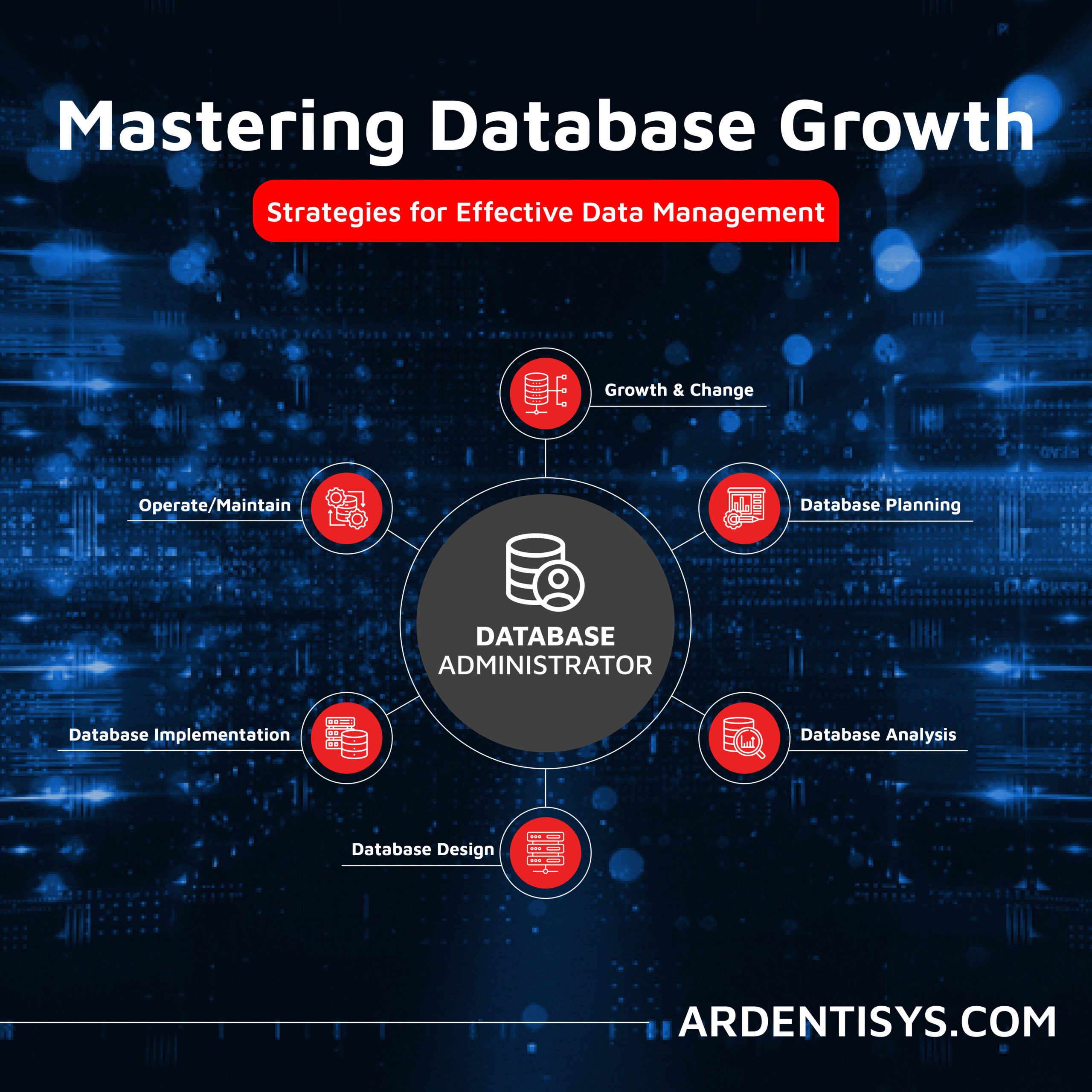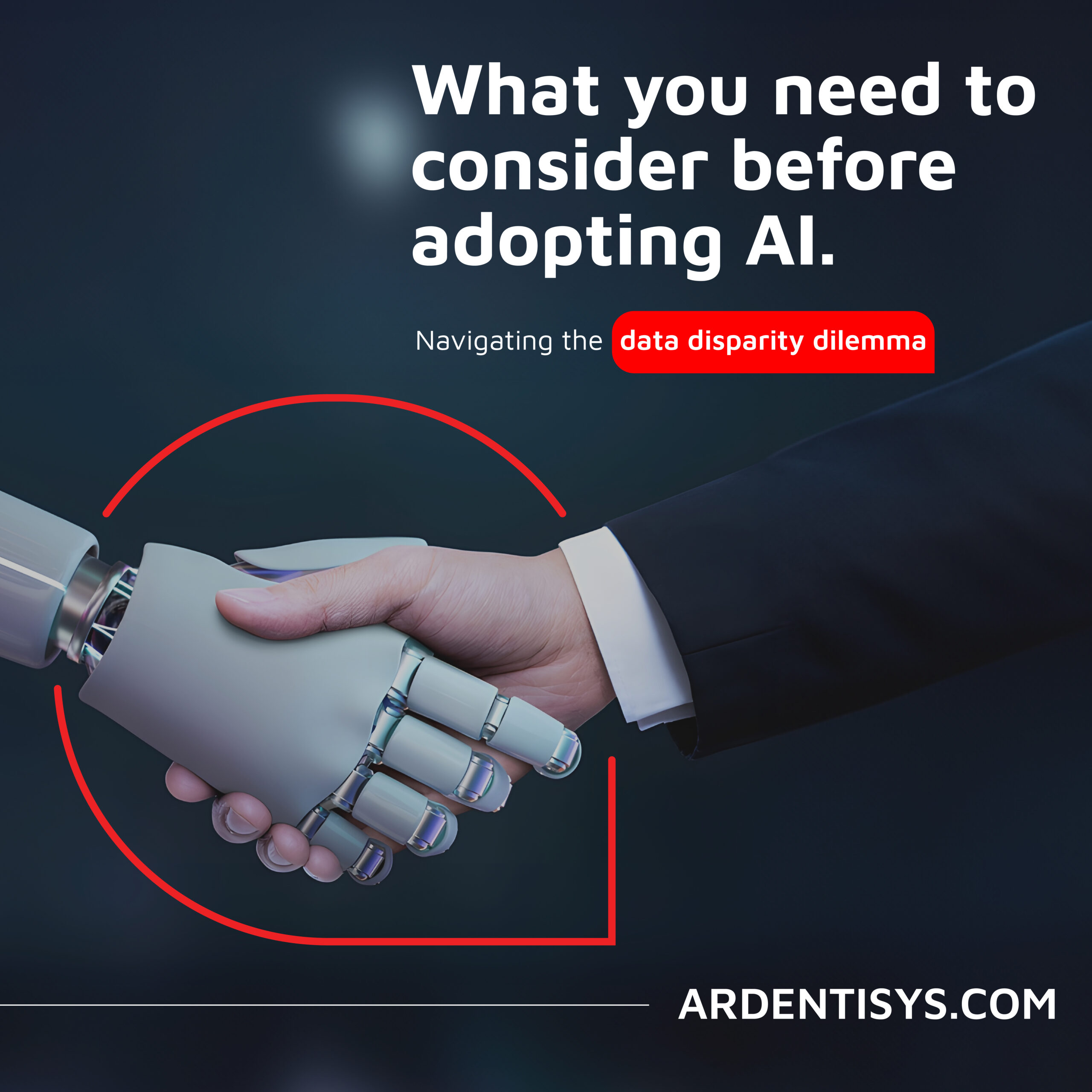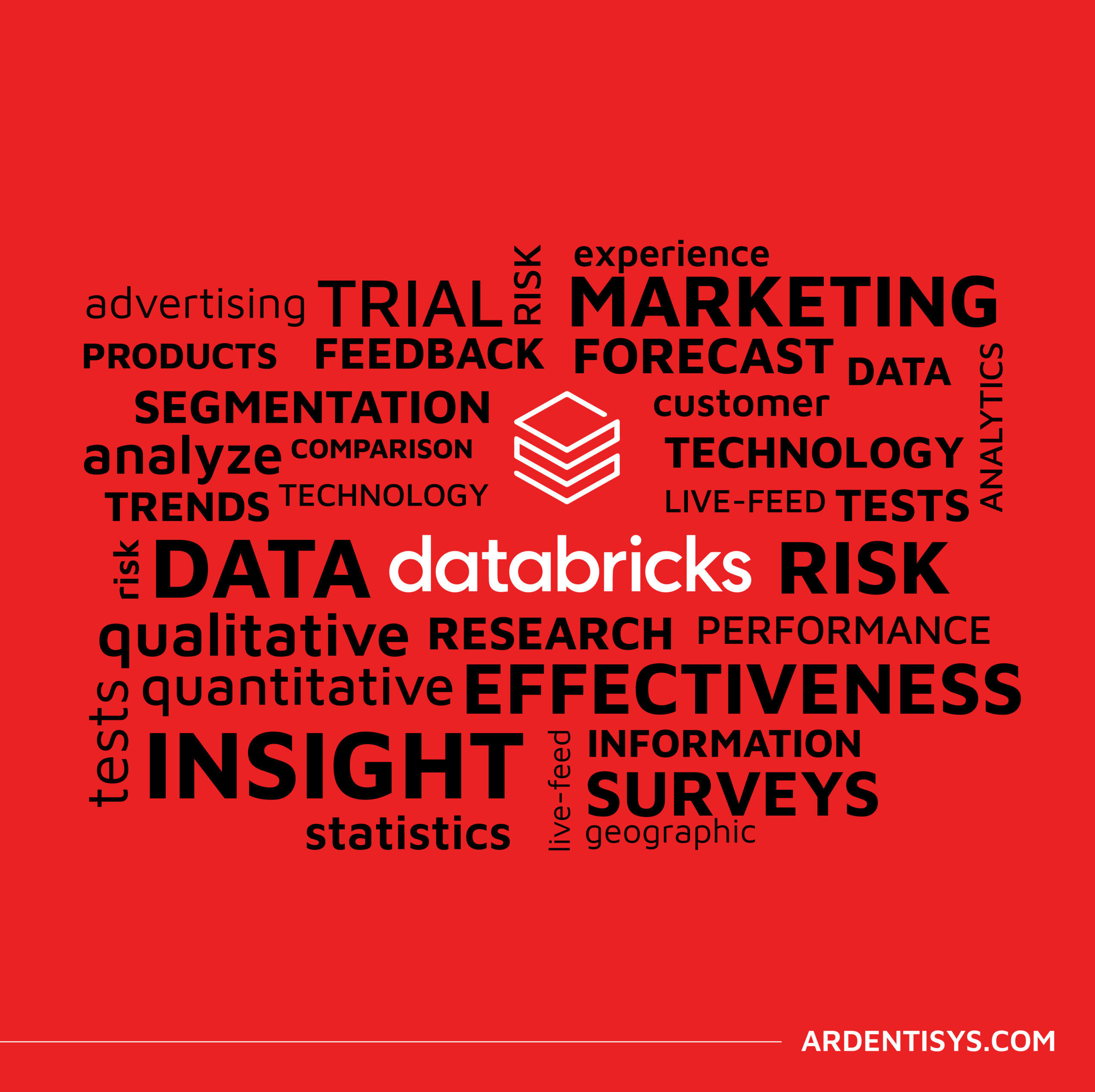SRE (Site Reliability Engineering) – why it is critically essential for businesses today
17 February 2023 | Noor Khan

In order to provide the best user experience on a piece of software or software-based program, there has to be a balance between the innovation of the creation and the stability and reliability of the product. Site Reliability Engineering (SRE) is a process that helps determine this balance and ensures that developers have the freedom to experiment and push boundaries, but it does not come at the cost of the user experience.
SRE is becoming increasingly prominent with the latest Global SRE Pulse finding that around 62% of organisations today are employing SRE processes. SRE studies the operational behaviour of software or software-based systems with specific regard to user requirements and operations. It then incorporates aspects of software engineering into processes that are applied to the infrastructure, so the software can perform in optimal conditions.
What is SRE used for?
The main goal of SRE is maximising the satisfaction of the customer or end-user, and ensuring that the program is reliable, stable, and functional to the highest possible levels; this means that using SRE to assess a program or application has the ability to determine weaknesses, areas of improvement and out-dated operations.
During the software development process, reliability engineering looks at dealing with:
- Prediction
- Prevention
- Management
- Risk
And this is often split into short-term and long-term reviews, in order to determine what needs addressing immediately, and what is likely to affect the program. SRE is designed to work across the entire lifecycle of a program from inception, deployment, operation, and refinement - to the eventual decommissioning.
Designing, developing, and implementing software solutions is often an involved and expensive process, and site reliability engineering acts as a review process to identify issues that could negatively impact the operational function of the software, in order to give reliability and improved performance across key areas such as:
- Program and system availability
- Visual performance
- Speed
- Latency
- Capacity
- Efficiency
- Incident response
The benefits of SRE
Using SRE is a proactive solution, one that can identify and resolve potential problems before they can become incidents that result in downtime or other negative situations.
When used effectively, SRE can:
- Reduce time and cost related to maintenance
- Allow teams to use their time more effectively and with higher value
- Improve troubleshooting time and efficiency
- Build teams who can easily transfer operational load to development tasks
- Provide greater service availability
- Enhance usability
The process can also be used to:
- Generate higher levels of system efficiency and performance
- Allow for higher productivity
and the software benefits from straightforward upgrade processes and improved efficiency, with reduced instances of software failure. Because programs maintained with SRE are proactively monitored and maintained, they are more effective for data preservation, as they are less likely to experience unforeseen errors.
The challenges of SRE
There are significant benefits to using SRE, but the process is not without its challenges, these include:
- Developing methods to handle evolution of technology
SRE is a proactive approach and teams utilising the processes must stay on the cutting edge of innovation, in order to adapt and evolve their methods and integrate them into their programs where required. - Maintaining high levels of communication
Issues identified need to be addressed and worked on as soon as possible; this means that teams must have an efficient structure, and are capable of communicating, escalating, or addressing issues without delay. - Ensuring alert and support processes are robust and in place
Support processes must be capable of handling flagged issues and feeding back the results of changes to team members, but it also has to be easily adaptable and kept up-to-date with the latest innovations and industry changes, in order to provide solutions that are future-proof and advance a program, rather than allow it to function in place. - Adopting SRE approaches that are different to normal practices
SRE requires strong management support, and teams have to adjust to different ways of working that may be considered unorthodox. This can be a steep learning curve for teams who are unfamiliar with SRE processes.
Key technologies utilised in SRE
To fully utilise SRE, having the right technology partners is essential, site reliability engineers are required to have experience with multiple programming languages in order to automate a wide variety of tasks. There are a wide range of SRE technologies available, some of the most popular include:
- Python
One of the most popular general-purpose programming languages, Python is considered to be easy to learn, is open-source, and is supported by a large knowledge base and community. Explore leading Python technologies with use cases. - AWS
Amazon Web Service (AWS) provides a suite of services and tools that allow for building, scaling, and deployment activities. The AWS Management and Governance services are popular choices to monitor and govern AWS and on-site computing resources. Find out more about our Certified AWS partnership. - Apache Airflow
This platform allows for program authoring, scheduling, and monitoring workflows, and is open source. Airflow is considered to be easy to understand and start working with, and provides scalability for growing projects and data. - Docker
An open source containerisation platform, Docker allows for package application of source code and dependency within a single container, and run applications in a variety of environments without having to consider operating systems or specific configurations. The program is popular for allowing developers to update code and deploy applications more efficiently. - Jira
A popular tool for agile teams, Jira allows for planning, assigning, tracking, reporting, and managing work with customisable workflows and collaboration functions. - Slack
A communications platform that allows for real-time engagement and communication, this platform is also supported by a large community and knowledge base. - Pager Duty
This popular platform provides IT alert monitoring, on-call scheduling, and escalation policies which can be utilised for troubleshooting, problem-solving, and providing a reliable service for raising incidents or problems across apps, servers, and websites. - Confluence
This team workspace provides a place for teams to create, capture, and collaborate on projects, allowing for tasks to be organised and worked on in one location.
SRE processes do require very different thinking and mindset when it comes to application, but the benefits of getting the system right can make it invaluable.
Ardent operational monitoring and support services
Our highly skilled engineers proficient in world-leading including the likes of Python, AWS, Airflow and Docker, can provide reliable and timely Site Reliability Engineering solutions to avoid software downtime, bugs and other challenges. Explore our customers succeeding with our operational monitoring and support services:
- Over ten years of software product evolution and development for a leading logistics software provider
- Managing and optimising 4 petabytes of client data to deliver actionable commercial insights
If you are looking to work with a technology company that has a proven track record of success, works with some of the biggest brands in the world and provides a customised service to full all your requirements, we can help. Get in touch to find out more or to get started on ensuring your software is performing at the optimal level.
Ardent Insights

Overcoming Data Administration Challenges, and Strategies for Effective Data Management
Businesses face significant challenges to continuously manage and optimise their databases, extract valuable information from them, and then to share and report the insights gained from ongoing analysis of the data. As data continues to grow exponentially, they must address key issues to unlock the full potential of their data asset across the whole business. [...]

Are you considering AI adoption? We summarise our learnings, do’s and don’ts from our engagements with leading clients.
How Ardent can help you prepare your data for AI success Data is at the core of any business striving to adopt AI. It has become the lifeblood of enterprises, powering insights and innovations that drive better decision making and competitive advantages. As the amount of data generated proliferates across many sectors, the allure of [...]

Why the Market Research sector is taking note of Databricks Data Lakehouse.
Overcoming Market Research Challenges For Market Research agencies, Organisations and Brands exploring insights across markets and customers, the traditional research model of bidding for a blend of large-scale qualitative and quantitative data collection processes is losing appeal to a more value-driven, granular, real-time targeted approach to understanding consumer behaviour, more regular insights engagement and more [...]






